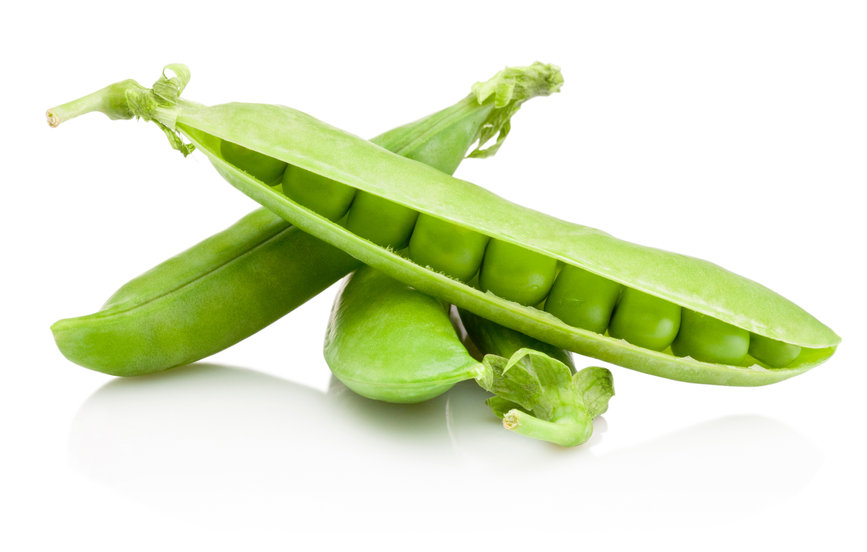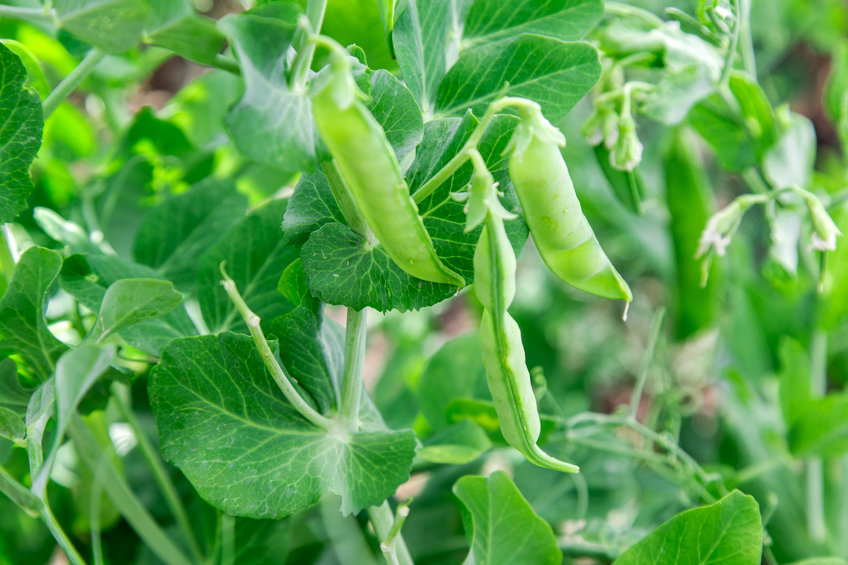Frozen peas pale into insignificance in comparison to your own, freshly harvested peas from the garden or allotment. They are also a crop that takes up relatively little space and are an excellent crop for the cooler U.K climate.
Choosing Varieties
Mangetout and Sugarsnap varieties are easiser to grow than shelling peas. Round peas are hardier than wrinkled varieties. Choosing a selection of different types will ensure a continuation of harvests. Choose reliable varieties or superior breeding from the catalogues.
First Earlies – Sow from March to early June. Harvest after around eleven to thirteen weeks.
Second Earlies – Sow March to June. Harvest after around fourteen weeks.
Maincrop – Sow from March to June. Harvest after around sixteen weeks.
Sowing
Older gardeners may say soaking pea seeds prior to sowing is ideal. Modern thinking suggests this may weaken the plants, and that it is enough to merely water the seeds well.
Peas can be sown from February through to June. Autumn and late winter sowings may cause you to lose more plants due to weather conditions and damage from mice. They can be sown directly outdoors or started off inside so they are protected from mice and get off to a better start before planting in their final growing space. That said, cool conditions are good for peas, unless we have an unseasonably cold spring or conditions are particularly harsh in your area.
Sowing Indoors
If sowing indoors, sow in February or March in compost filled guttering around 7.5cm (3in) apart in two parallel lines along the edges of the guttering. Alternatively you can sow in module trays, but in guttering you can simply slide out the germinated seedlings into a shallow, watered trench that has been improved with compost or well rotted manure, without disturbing the seedlings, when space is available.
Sowing Outdoors
Sow in an open, sunny spot in well drained soil. If soil is very acidic, add garden lime. Improve the soil with compost or well rotted manure. Make a trench with a draw hoe or spade. Make the trench around 5cm (2in) deep and water the soil. Sow the seeds around 7.5cm (3in) apart in two parallel lines around 15cm (6in) apart. Backfill the trench and water in. Space extra rows at a distance equal to the height of the crop. Label each row.
Peas can be grown in large containers or growbags if kept well watered.
Growing
Feeding is not usually necessary as peas fix their own nitrogen. Adding extra feed may encourage bushier growth, but reduce pea production. It is better to improve the soil before sowing. Regular watering may be necessary after flowering, in dry spells. Moisture can be sealed in by mulching around the base of the plants.
Whilst shorter varieties may need no support, taller varieties need pea sticks or netting to twine themselves around for support. This should be provided after short plants have germinated.
Harvesting
Harvest the crop from June to October. Mangetout and Sugarsnap varieties, where the entire pod is edible, can be picked when the pods reach a length of 7.5cm (3in). The peas will have become visible in the pods. Shelling peas can be harvested when the pods have begun to swell.
Harvest regularly to ensure plants continue to produce more pods and to prevent tough pods forming. Pods at the bottom of the plants are most mature, so harvest from the bottom to the top. Consume as soon as possible after harvest for the best taste. Freeze any surplus for eating later.
Top Tips
- Growing under insect-proof mesh or fleece will help to prevent pea moth, whose caterpillars can sometimes be found inside pods and may cause half eaten pods. March and June sowings will ensure the plants will flower outside the flying period of the moths so the females cannot lay their eggs on flowering plants.
- If you are comfortable with using mouse traps, this will help prevent mice eating the seed.
- Growing in a fruit cage or under netting helps to prevent damage by birds. Scaring devices may also help.
- Moist soil and cool conditions help to prevent powdery mildew.
- Slug damage can be avoided with biological control.
- Leave roots of spent pea plants in the soil so nitrogen stored in the roots remains in the soil. Next year plant brassicas etc that enjoy that nitrogen.
View the selection of pea seeds at:-
Thompson & Morgan
Suttons
Dobies
Mark Snelling
All images copyright
If you have enjoyed reading our blog post then why not fill in the form provided to allow us to send you our blog posts and newsletters by email. For all major gardening products, visit our shop from the menu above.


